Prevention and control of pests and diseases in late-season rice
Thursday, September 14, 2023 | 17:05:29
114 views
Due to the influence of the tropical convergence zone with an axis through the North, in the past few days, in Thai Binh, there has been rain, moderate rain, locally heavy rain and thunderstorms, the risk of neck blast disease arising and causing damage during the rice flowering period, reducing the yield of the summer-autumn rice. In addition, according to the investigation of the Department of Cultivation and Plant Protection, two-spotted stem borers and small leaf rollers are concentrated and causing local damage to the rice crop that is flowering after September 15 in the northern districts, after September 20 in the southern districts; the 7th brood of planthoppers hatching after September 20 onwards will cause rice to burn from the end of September to the beginning of October if not prevented and controlled in time.

Staff of the Quynh Phu District Plant Protection and Cultivation Station inspect and delineate the area of winter-spring rice that needs to be sprayed with pesticides to prevent and control pests and diseases.
To protect the winter-spring rice crop, the agricultural sector recommends that districts and cities continue to direct localities to mobilize farmers to spray pesticides to prevent and control pests at the end of the crop: to prevent and control two-spotted stem borers for areas with egg density of 0.2 nests/ m2 or more, focusing on rice fields that have emerged after September 15 in the northern districts, and after September 20 in the southern districts (areas with high egg density of 0.5 nests/ m2 or more must be sprayed in double doses: the first time when the rice is about to emerge, the second time when the rice has completely emerged); to prevent and control small leaf rollers for areas with larval density of 20 individuals/ m2 or more, focusing mainly on rice fields that have emerged after September 20; to prevent and control planthoppers for areas with planthopper density of 1,500 individuals/ m2 or more, when the planthoppers are young; Prevent neck blast disease for rice in the green and flowering stages when there is prolonged rain and low temperature.
As of September 15, Thai Binh province had about 60,000 hectares of winter-spring rice that had flowered, while about 15,000 hectares of winter-spring rice that flowered after September 15 were mainly concentrated in Tien Hai, Thai Thuy, Kien Xuong districts and Thai Binh city.
Ngan Huyen
Source




![[Photo] Vietnam shines at Paris International Fair 2025 with cultural and culinary colors](https://vphoto.vietnam.vn/thumb/1200x675/vietnam/resource/IMAGE/2025/5/4/74b16c2a197a42eb97597414009d4eb8)
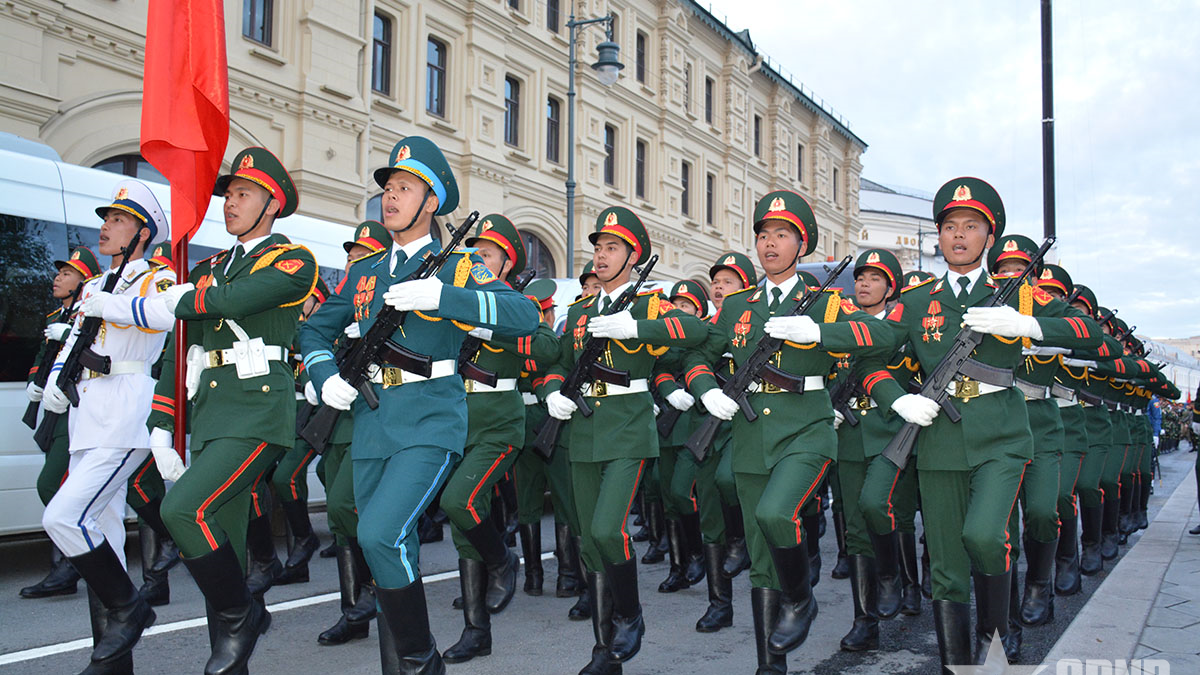
![[Photo] General Secretary To Lam receives Sri Lankan President Anura Kumara Dissanayaka](https://vphoto.vietnam.vn/thumb/1200x675/vietnam/resource/IMAGE/2025/5/4/75feee4ea0c14825819a8b7ad25518d8)
![[Photo] Bus station begins to get crowded welcoming people returning to the capital after 5 days of holiday](https://vphoto.vietnam.vn/thumb/1200x675/vietnam/resource/IMAGE/2025/5/4/c3b37b336a0a450a983a0b09188c2fe6)




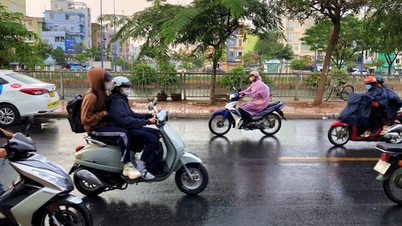
















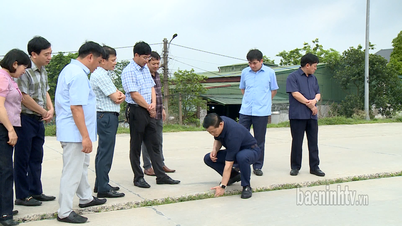
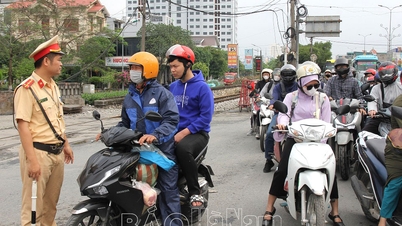





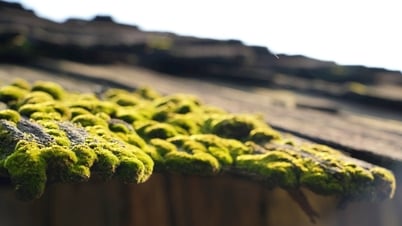





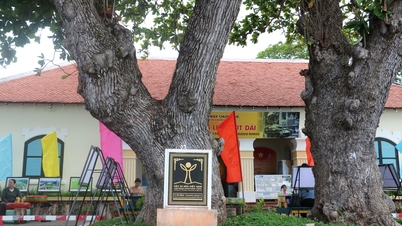

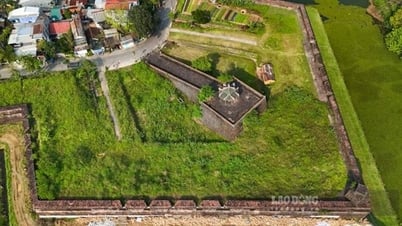







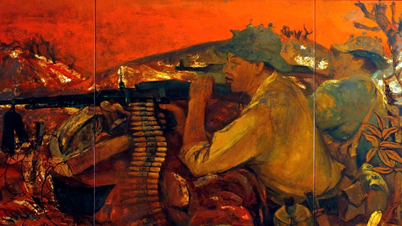





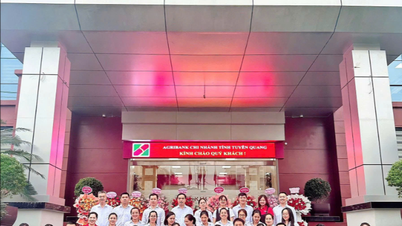



















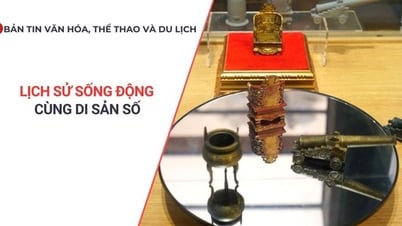











![[Video]. Building OCOP products based on local strengths](https://vphoto.vietnam.vn/thumb/402x226/vietnam/resource/IMAGE/2025/5/3/61677e8b3a364110b271e7b15ed91b3f)

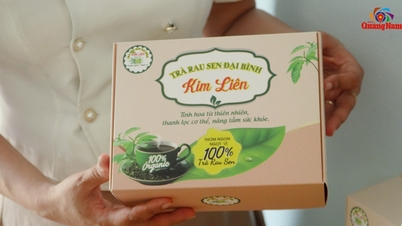


Comment (0)